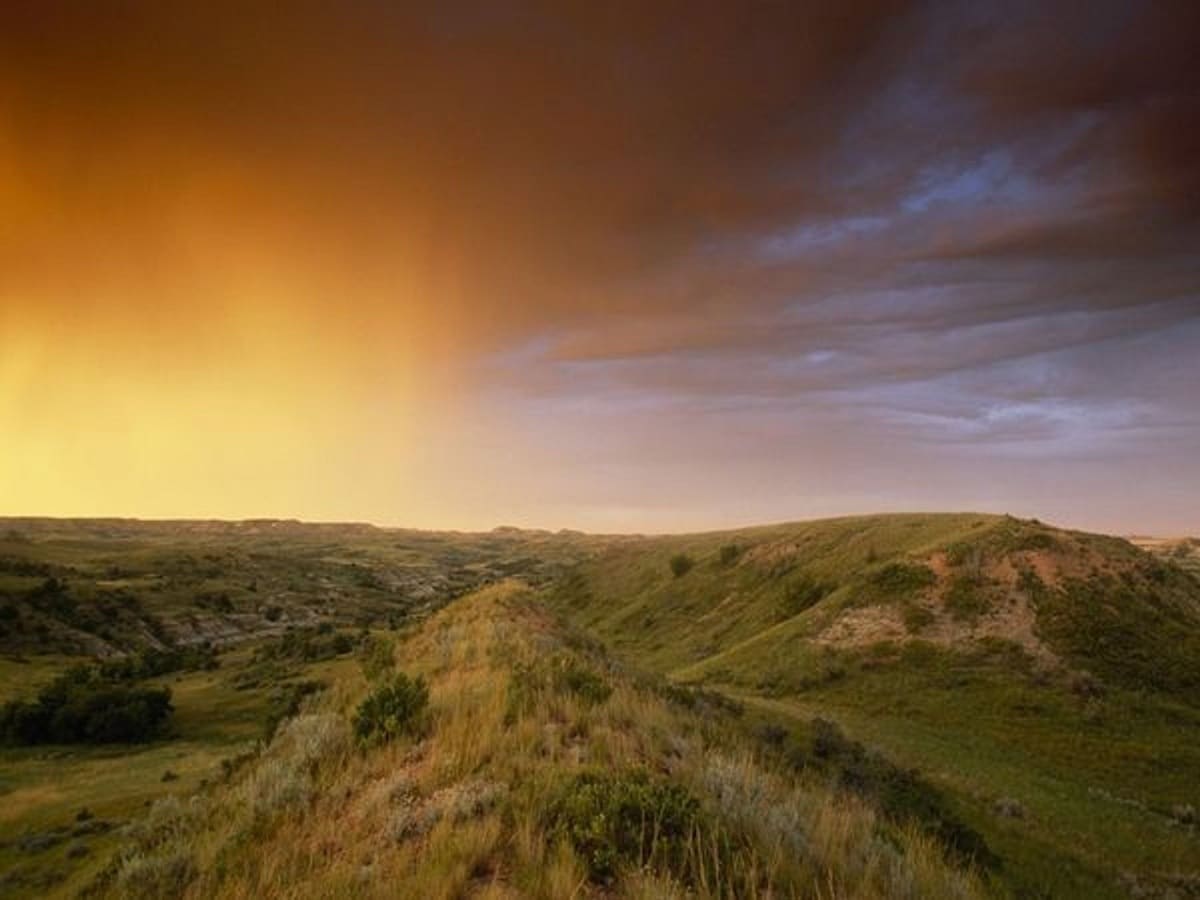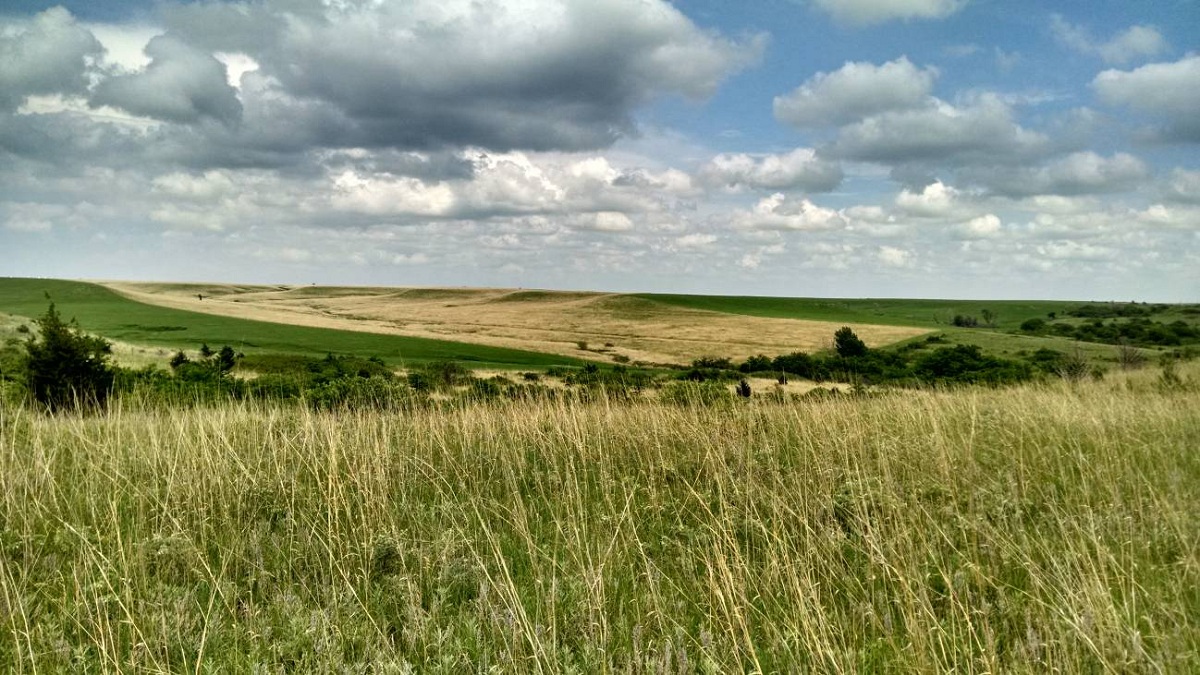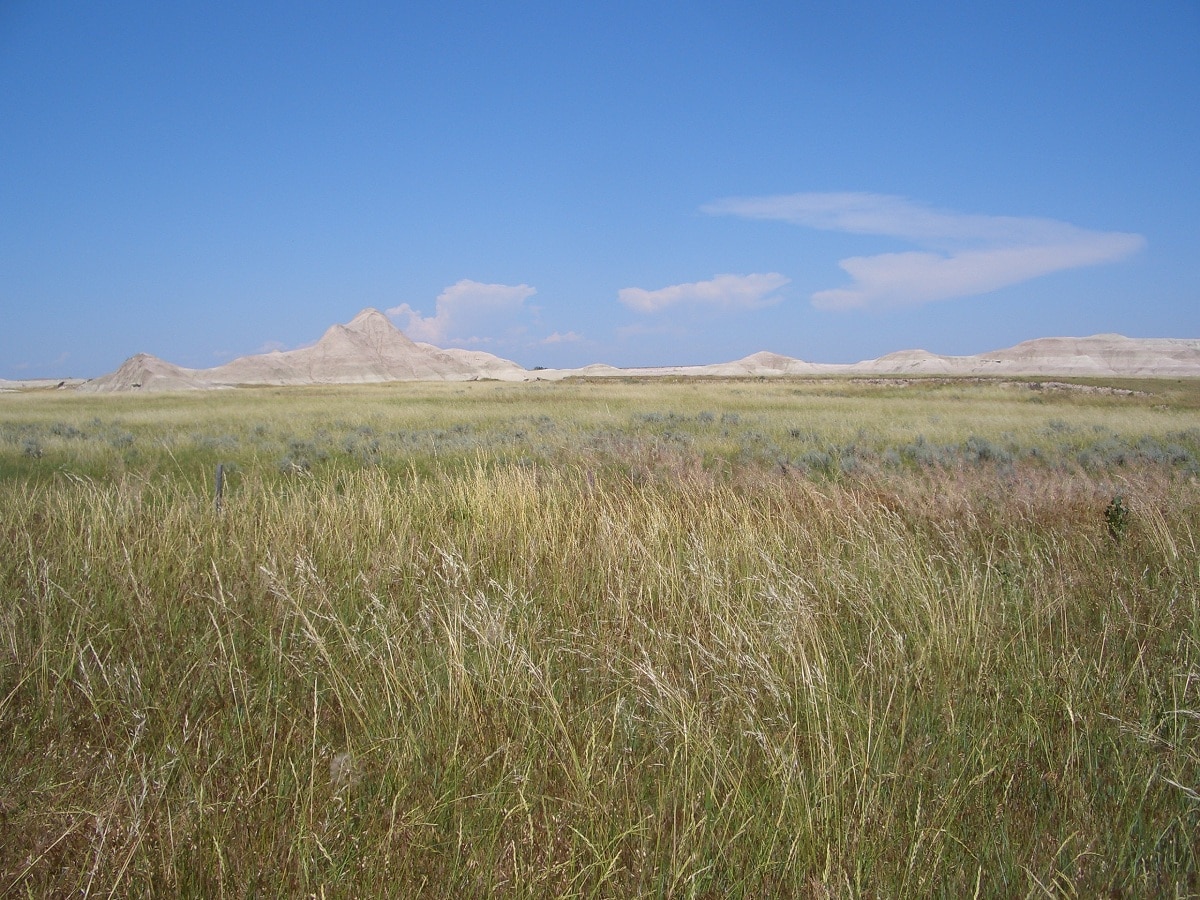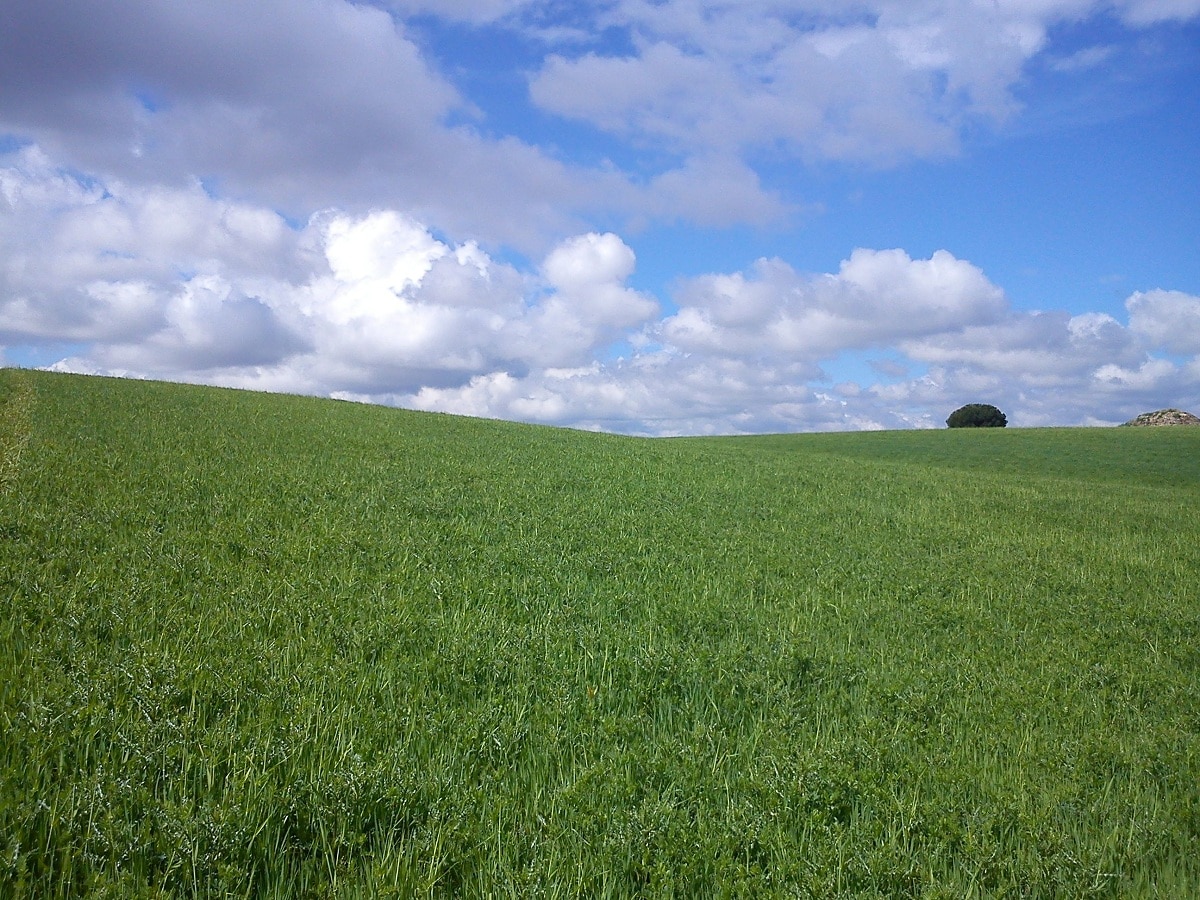
Among the different types of ecosystems that exist on the planet we find the Meadow. It is a type of ecosystem formed by herbaceous vegetation in an area with a dry temperate climate and which is preferably dominated by plants that belong to the group of grasses. The terrain in this area is usually flat or undulating terrain.
In this article we are going to tell you about all the characteristics, formation and flora of the meadow.
Key features

It is a plant formation that It is part of the biome of the graminiform formations. This means that most of these areas are dominated by plants that belong to the grass group. They are found in flatland areas around the world alongside tropical savannas. Although they are in similar places, temperate prairies or grasslands differ greatly from tropical savannas both in the composition of the species present and in the temperature regime.
The meadow has a fairly simple structure. And it is that it only has a single layer of herbs with a variable height. It must be taken into account that in some cases there are small bushes that can make the stage larger. This ecosystem presents a fertile soil with abundant organic matter on the surface of the horizon.. Due to the presence of fauna with a herbivorous diet, it can be damaged if hunting, agriculture and human captive breeding are added. They are activities that have a negative impact on these ecosystems.
Composition of the meadow

Let's see what the composition of the meadow is, breaking down all its components step by step:
- Plant structure: the meadow is a plant formation that has a very simple structure since it is only made up of a single herbaceous layer. The stratum varies from west to east with the presence of sparse grasslands, medium in the center and somewhat higher in the east.
- Ground: the predominant prairie soil is fairly deep, about a meter or more, and rich in humus. It is also rich in other important minerals for the development of plants such as potassium, phosphorus and other than the elements. Most of the aerial biomass of grasses dies during the summer due to lack of rainfall. As it is a drier environment, it becomes a favorable setting for the disappearance of aerial parts such as grass flowers.
The biomass that falls from the aerial parts of the grasses is incorporated into the substrate by the action of worms and other animals. Thanks to this, the humus layer is formed that makes the meadow a fairly fertile ecosystem. It can be said that the limitation for the development of large trees or shrubs is the climate. The soil conditions are perfect to support tall trees with great leafiness. However, it is the climate that limits the presence of this type of vegetation. Some grasslands can develop locally in areas that have saline soils and that have heavy metals or shallow soils.
Another component of the prairie is continuous fire. All fires are characteristic of these areas since they occur with great frequency, either naturally or anthropogenic. Those that most periodically contribute to the renewal of the pastures and the dark coloration of the horizon A to the soil. It must be taken into account that, since the development of human activities in these ecosystems, the number of fires has increased intentionally.
Another of the fundamental aspects of the prairie is the herbivorous diet of the animals that reside. The large herbaceous biomass generated in grasslands facilitates the development of large populations of herbivores. Many of them can be large such as buffalo, antelope and gazelle and other smaller ones such as the prairie dog.
Impacts on the prairie

We are going to see what are the different environmental impacts that can occur in the meadow both naturally and by human action. The first of all is to know that human beings have altered natural grasslands with their activities for thousands of years. Intensive agriculture and livestock are human activities who else is degrading the ecosystems made up of grasslands. Also, the introduction of exotic plant species, such as numerous pastures, can have a negative impact on indigenous species.
In many cases we see that human intervention has altered these limits and all the natural characteristics in the natural limits of the prairie. Most of these problems are due to the introduction of species or the more productive natural ones being selected. There are numerous impacts on flora that make more than 55 species of grasses endangered or threatened. In addition, 728 more species are candidates to enter the category of threatened by the reduction of their populations.
We also have a widespread impact on prairie wildlife. Fauna populations have been affected in a particular way due to different human actions such as improper hunting and contamination by agrochemicals. The hunt lived almost to extinction for species such as the buffalo and the American bison. For their part, prairie dogs have also been affected by poisoning problems.
Location in the world
This type of ecosystem is presented in large continuous belts in North America and Eurasia. For the southern hemisphere they are distributed discontinuously, mainly in South America, South Africa and Australasia.
The predominant flora are the grasses of the Arundinoideae and Pooideae subfamilies, unlike the tropical savannas where Chloridoideae and Panicoideae are abundant. There are also more than 1.000 species of plants from different families.
I hope that with this information you can learn more about the meadow and its characteristics.